As we kick off December, or Champagne month as I like to call it, I thought it only appropriate to go with a fabulous, sparkling wine-related Wine Word of the Week like dosage! Who knows, during this time of year it just might come up in casual, wine-related conversation and THEN who will look like the wine expert?Sparkling wines like Champagne which are made using the méthode traditionnelle undergo a process called disgorgement which happens after the wine has undergone its secondary fermentation (for more info on the méthode traditionnelle, we've got ya covered here). In the video below, Winemaker Keith Hock of California's acclaimed Schramsberg Vineyards "disgorges" a bottle of sparkling wine, and as you can see, a small amount of wine is lost when the temporary crown cap is removed. To replace the lost wine, a mixture of cane or beet sugar and wine is added to the bottle which is referred to as the dosage, or liqueur d'expedition. In addition to filling up the bottle, the dosage is also important because it determines the level of sweetness of the finished wine. As a reference, in order of least to most sweet, those levels are:(1) brut nature or sans dosage: no sugar is added(2) extra brut: less than 6 grams/liter of sugar is added(3) brut: the most common style, less than 15 grams/liter of sugar is added(4) extra dry or extra sec: 12-20 grams/liter of sugar is added(5) sec: slightly sweet: 17-35 grams/liter of sugar is added(6) demi-sec: 35-50 grams/liter of sugar is added(7) doux: very sweet, more than 50 grams/liter of sugar is addedFor Champagne, these levels are set forth by French wine law but in the US these terms have no legal definition. Suffice it to say for most New World sparkling wines like those from California, the term "Brut" on the label generally means the wine in the bottle will be crisp and dry. Keep in mind, even a dry-tasting sparkling wine has a little sugar in it to balance the wine's naturally high acidity.For previous Wine Words of the Week, please click here and if you have a wine word you'd like to learn more about, please leave it in the comment section below!Cheers,
As we kick off December, or Champagne month as I like to call it, I thought it only appropriate to go with a fabulous, sparkling wine-related Wine Word of the Week like dosage! Who knows, during this time of year it just might come up in casual, wine-related conversation and THEN who will look like the wine expert? Sparkling wines like Champagne which are made using the... Read More
The post Wine Word of the Week: “Dosage” appeared first on The Glamorous Gourmet.
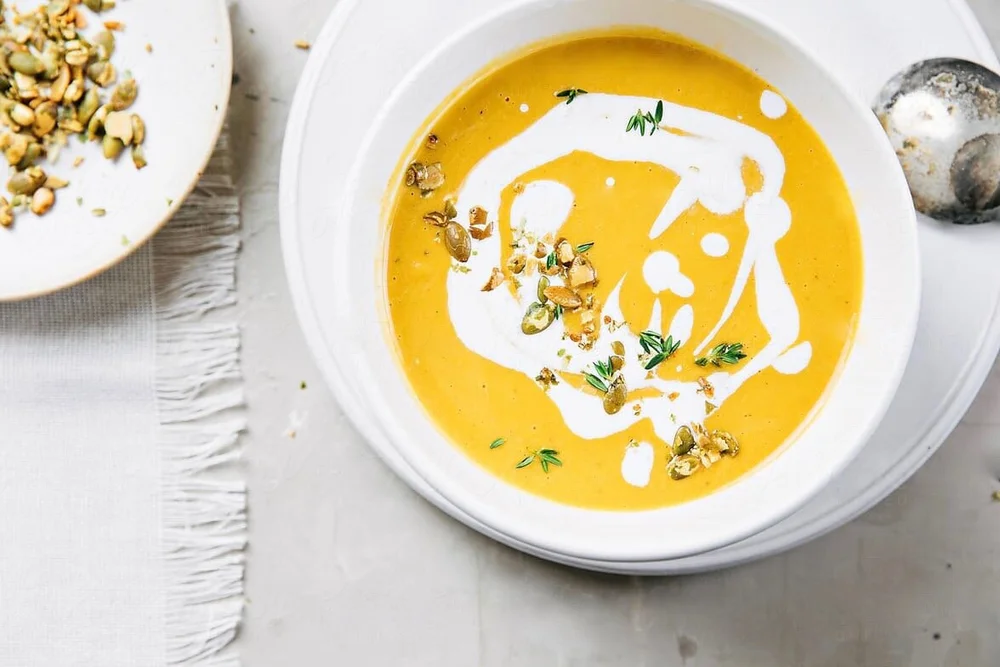
While I sincerely adore each and every classic Thanksgiving dish from stuffing to sweet potatoes, this year I'll be treating my guests to a delightful "amuse bouche" before we dig into the main meal. This deliciously Decadent Butternut Squash Bisque will prime everyone's palates for the meal to come and, as an added bonus, it can even be prepared well in advance!
I must admit I came late to the butternut squash party. It wasn't until my friend Crissi introduced me to her Mom's recipe for butternut squash purée a few years ago that I became smitten with its silky texture and incredible flavor. There's just something about the way this relatively pedestrian gourd transforms in the presence of butter, cream and a few basic seasonings to create utterly decadent deliciousness! Of course it also doesn't hurt that I was able to snap up these adorable Staub ceramic pumpkin mini cocottes which just happen to be the perfect serving dishes for the soup.
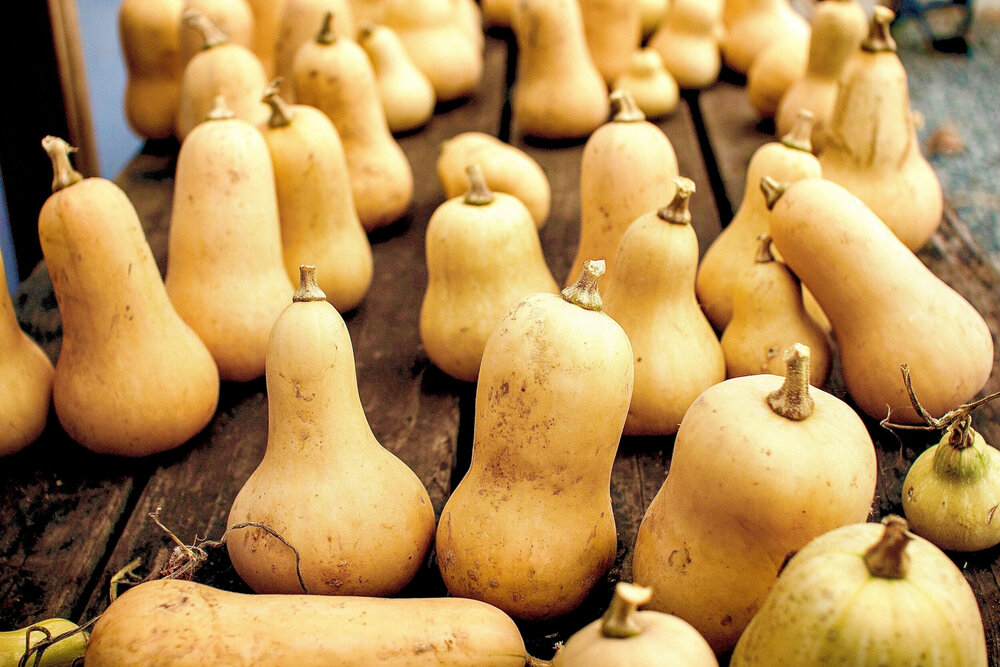
Regardless of what you serve it in, this soup will dazzle your guests with its delicious flavor and luxurious texture. You'll also earn some serious "kitchen cred" for toasting the butternut squash seeds yourself!
For your convenience, you can make the soup and toast the seeds up to three days in advance. Just be sure to stop after puréeing and wait until you reheat it just prior to serving to add the half & half and butter. The seeds can easily be stored in an airtight container at room temperature. I look forward to enjoying this soup all Winter long, preferably paired with a fabulous glass of full-bodied Chardonnay or Viognier - for even more seasonally-inspired white wines, click here.
And if you’d like to receive a decadent morsel of deliciousness in your inbox every Saturday, please sign up to receive my free, weekly newsletter, “The GG Guide to Wine + Food” by clicking here. It’s a treasure trove of seasonally-inspired, Sommelier-selected wines, recipes, pairings + travel tips. xo
PRINT RECIPE"DECADENT BUTTERNUT SQUASH BISQUE"
Makes 6-8 "amuse" size portions
INGREDIENTS
3 Tablespoons good olive oil
1 medium butternut squash, peeled & cubed
1 1/2 cups chopped yellow onion
1/2 cup chopped celery
1/2 cup chopped carrots
2-3 garlic cloves, minced
6 cups chicken stock
Kosher salt & freshly ground black pepper
1/2 cup half & half
2 Tablespoons butter
Sour cream + toasted butternut squash seeds for garnish (see recipe below)
INSTRUCTIONS
Pre-heat oven to 400 degrees.
Place cubed squash on a baking sheet + drizzle with 1 Tablespoon of olive oil. Season with Kosher salt and pepper + toss to coat. Bake for 30-40 minutes, until squash is tender but not browned. Set aside.
Heat remaining olive oil over medium heat in a soup pot. Add onion, celery + carrots + saute for 7-10 minutes, until vegetables are tender but not browned. Add minced garlic + saute for an additional 2 minutes, until garlic is fragrant. Add cubed, roasted squash to the pot + stir to combine. Then, add the chicken stock + bring mixture to a boil. Reduce heat to low + simmer, covered for 30 minutes.
Turn burner off +, using a hand blender, purée soup in the pot. Otherwise purée in batches using a blender (be careful using a blender with hot soup!). Stir in half & half + season to taste with Kosher salt + freshly ground black pepper.
Immediately before serving stir in butter +, once melted, serve soup garnished with a dollop of sour cream + roasted butternut squash seeds.
"TOASTED BUTTERNUT SQUASH SEEDS"
INGREDIENTS
Seeds from a butternut squash, rinsed & dried with paper towels
Kosher or sea salt
Freshly ground black pepper
Smoked paprika or piment d'espelette (optional)
INSTRUCTIONS
Preheat oven to 350 degrees.
Make sure any bits of squash have been removed from the butternut squash seeds + spread evenly on a baking sheet. Drizzle with olive oil + sprinkle liberally with Kosher salt + pepper, toss to coat.
Lightly sprinkle with smoked paprika or other desired seasoning to taste + bake in the oven for 7-10 minutes checking to make sure they don't burn. They're done when they're lightly browned + fragrant. Set aside to cool before using or eating.
While I sincerely adore each and every classic Thanksgiving dish from stuffing to sweet potatoes, this year I’ll be treating my guests to a delightful “amuse bouche” before we dig into the main meal. This deliciously Decadent Butternut Squash Bisque will prime everyone’s palates for the meal to come and, as an added bonus, it can even be prepared in advance! I must admit I came... Read More
The post Thanksgiving Deliciousness: Decadent Butternut Squash Bisque! appeared first on The Glamorous Gourmet.
Welcome to my new podcast, “The Wine Atelier”! I’m Stephanie Miskew, a certified Sommelier and author of the blog The Glamorous Gourmet. This podcast is your insider’s guide to mastering wine and I’m so excited to share it with you!
Wine is my true passion, and in this first episode, I’ll be talking about my personal journey towards making wine & food my career and offering a few tips on how you can better incorporate good food and wine into your everyday life.
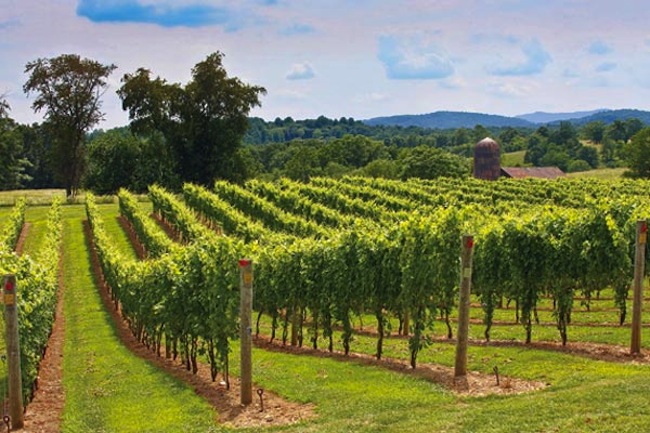
virginia-wine-country-vineyard
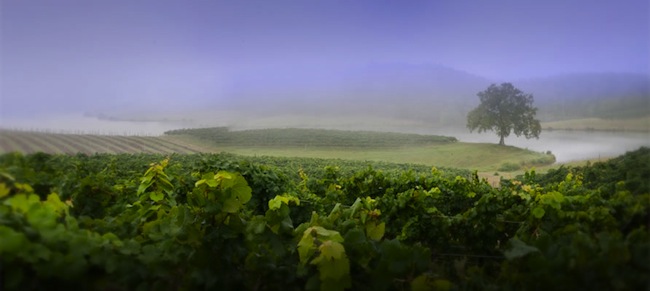
north-carolina-biltmore-estate
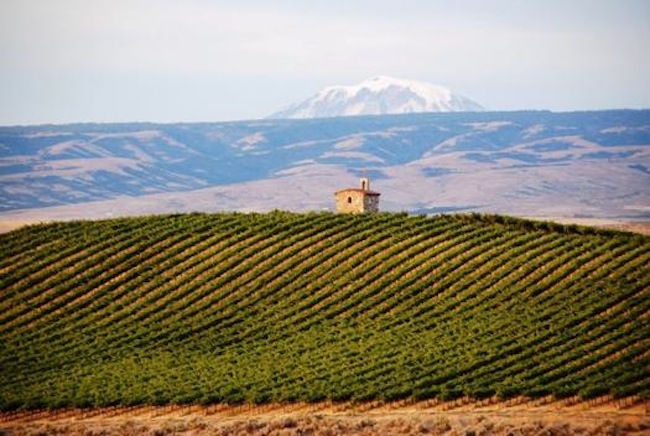
washington-chapel-block-vineyard
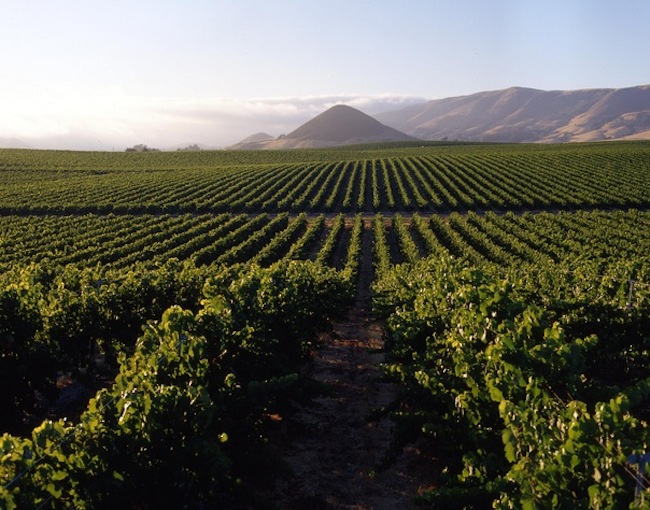
new-mexico-vineyard
Wine is produced in all 50 states so why do we automatically think of California when we hear the term "wine country"? Saturday, November 7th marks the 3rd Annual Wine Tourism Day and in honor of this vinous holiday, I'm happy to share 4 US wine regions you need to add to your travel itinerary:1.) Virginia: Wine production began here in 1607, when government regulations stipulated each male settler in Jamestown must plant and tend at least 10 grapevines to produce wine which was sent back to Mother England. In 1807, Thomas Jefferson began cultivating European grapes at his Monticello Estate and has since been dubbed "The Father of the American Wine Industry" even though he didn't have much success actually making wine. While Virginia's wine industry began primarily with indigenous American grape varieties, mostly vitis vinifera vines (European vines such as Chardonnay, Cabernet Franc, Cabernet Sauvignon) are grown today with a smaller percentage of French hybrids and American varieties. Virginia currently ranks 5th in the US in overall number of wineries and its the country's 5th largest grape producer. Grapes which perform well in the state's warm climate include Viognier, Chardonnay, Cabernet Franc, Merlot and Vidal Blanc. For more information on Virginia Wine Country please click here and be sure to put the following wineries on your list: Barboursville Vineyards, Horton Vineyards, Trump Winery (formerly Kluge Estate), RdV Vineyards, and Linden Vineyards.2.) North Carolina: Wine has been produced here since the early days of European colonization in the 17th century and like most budding wine regions in the United States, it was originally based on indigenous American vines and was ultimately decimated by Prohibition in the 1920's. North Carolina's wine industry has slowly recovered over the years and today, most wine produced is made from vitis vinifera vines although French hybrids and vitis labrusca varieties are also common. North Carolina is home to over 100 wineries, which has quadrupled since 2001 and ranks 10th in both grape and wine production in the US. The state's wine industry continues to expand, and today is one of the US’s 5 most visited state destinations for wine and culinary tourism. For more information on North Carolina Wine Country please click here and be sure to add these wineries to your list: Biltmore Estate, Raffaldini Vineyards, Jones von DrehleandWestbend Vineyards & Brewery.3.) Washington: As the second leading producer of wine in the United States you'd think Washington would attract as many visitors as California but that's not the case...yet! The first grape vines were planted here in 1825 by fur traders and German and Italian immigrants in the Walla Walla region. The state was also decimated by Prohibition in the 1920's, and Washington's wine industry floundered until the 1950’s when vitis viniferagrapes were introduced and in depth study was conducted of soil, climate and grape vine viability. In the 1950's and 60's, the precursors of the state's biggest wineries Chateau Ste Michelle and Columbia Winery were founded and over the ensuing years Washington' ability to cater to a variety of grapes became evident. In 1984, the Columbia Valley AVA (American Viticultural Area) was established which today, contains 99% of wine grapes grown in the state. Grape varieties which have adapted particularly well to Washington's wine country are Chardonnay, Riesling, Merlot, Viognier, Cabernet Sauvignon and Syrah. For more information on Washington Wine Country, please click here and be sure to add the following wineries to your list: Chateau Ste. Michelle, Seven Hills Winery, Charles Smith Wines, Cayuse Vineyards, Northstar Wineryand Canoe Ridge Vineyards.4.) New Mexico: Wine has been produced in here since 1629, when a Franciscan friar and Capuchín monk planted the first wine grapes in the Río Grande valley. The cuttings brought by the missionaries were a variety of vitis vinifera, commonly called the "mission grape" which is still grown in New Mexico today. By 1880, viticulture had really taken hold, but declined in the latter 19th century due, in part, to flooding of the Río Grande and Prohibition which forced many wineries in the United States to close. The modern New Mexico wine industry received a significant shot in the arm in 1978 when a government-sponsored study encouraged winegrowers to plant French hybrid grape varieties. New Mexico now has more than 60 wineries producing 900,000 US gallons of wine annually. The state's sun-soaked soil and cool high-desert nights frame the return of modern wine making producing Cabernet Sauvignon, Chardonnay, Johannisburg Riesling, Merlot, Pinot Noir, Sauvignon Blanc & Zinfandel. Wineries currently span the breadth of the state For more information on New Mexico wine country, please click here and be sure to add the following wineries to your itinerary: Gruet Winery, Caduceus Cellars, Casa Rondeña, Luna Rossa Winery, Tularosa Vineyards.Cheers,
Wine is produced in all 50 states so why do we automatically think of California when we hear the term “wine country”? Saturday, November 7th marks the 3rd Annual Wine Tourism Day and in honor of this vinous holiday, I’m happy to share 4 US wine regions you need to add to your travel itinerary: 1.) Virginia: Wine production began here in 1607, when government... Read More
The post Wine Tourism Day: 4 US Wine Regions You Need to Visit appeared first on The Glamorous Gourmet.